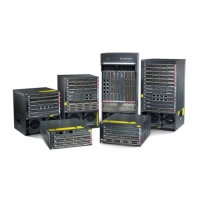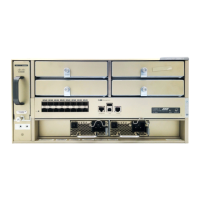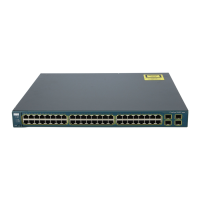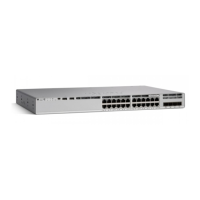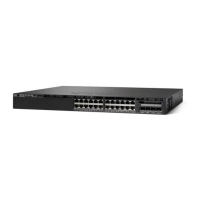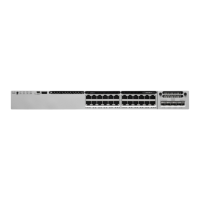Why does my Cisco Switch show 'Module [dec] image version mismatch'?
- TTravis GriffinAug 18, 2025
This error on your Cisco Switch indicates a version mismatch between the MFSC and the CSM code. To resolve this, upgrade or downgrade the MFSC version to match the CSM version, which should allow the CSM to come online.









